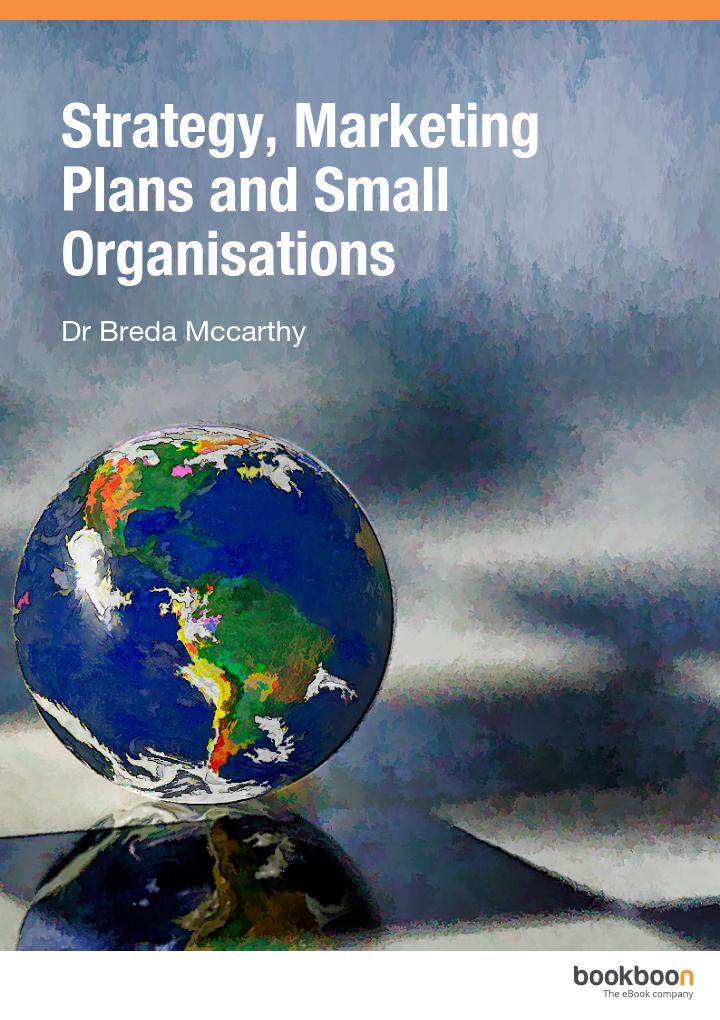Business Strategy: Internal and External Influences

Strategy is subject to a number of different influential factors: Among these are both the internal and external environment; and leaders are a third force in determining a business strategy. According to Henry Mintzberg (1985), a strategy lies on a continuum between planned (deliberate) and emergent strategies. Scholars in the planning school of thought have typically emphasised external environmental forces, whereas scholars in the process school of thought have assigned primacy to the internal environment. Read more about the differences between the planning and process schools of thought in this article.
The internal environment of the organisation
Decision makers: Leaders, entrepreneurs, and employees
Decision making is crucial to strategy formation. In hierarchically organised companies, decision making is traditionally reserved for top management and is, therefore, a ‘top-down’ process. However, it can also be a ’bottom-up’ process that encourages employees to play a role in the formulation of strategy.
Entrepreneurs are typically characterised as intuitive and independent, biased towards action and distrustful of planning, mobilising the resources they need to capitalise on a business opportunity. Yet, rational decisions based on analysis and long-term planning are just as important: In fact, both entrepreneurship and professional management are required in firms of any size.
Resources
The resources available to an organisation are also key influences on the type of strategy that is pursued (strategy content) and the manner in which strategy is created (planned or emergent). The strategist’s goal, according to advocates of planning, is to match the organisation’s resources (effectively their strengths and weaknesses) with the opportunities and threats posed by the environment. Larger firms may be more inclined to plan than smaller firms due to their greater resources, which enable them to gather data and examine alternative strategies.
Life-cycle stage, history, and crisis
Organisational history and life-cycle stage can determine the degree to which strategies are planned or emergent. As organisations grow larger and more complex, strategies and plans are increasingly required to guide, coordinate and motivate managers. Strategy becomes a more cooperative, formal and analytical process. Often, a crisis triggers changes in attitudes, strategies and structures and makes entrepreneurs aware of the importance of planning.
Cultural values, power and politics, and learning
The internal dynamics of a firm, including organisational culture, power and politics, and learning also affect and shape strategy. Corporate values are an effective management tool as they can give a company a competitive edge by creating a highly motivated workforce. Furthermore, planning can be the result of learning from relationships with customers, suppliers, bankers, regulatory authorities, family and peers.
External influences on strategy
General environment
The external environment is regarded as the primary influence on strategy by proponents of planning: The role of the strategist is to anticipate and respond to change in the political, economic, social and technological environment. The acronym ’PESTLE’ is used in marketing and management to cover the business environment, i.e. its political, economic, socio-cultural, technological, legal and ecological components.
External stakeholders
External stakeholders, such as suppliers, customers, unions and government agencies impact strategic decision-making. Since firms are dependent on the external environment for resources, legitimacy and the sale of their products, these external groups have power over the firm, influencing the managers’ decisions.
